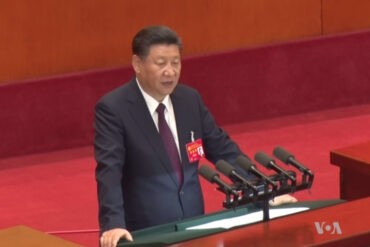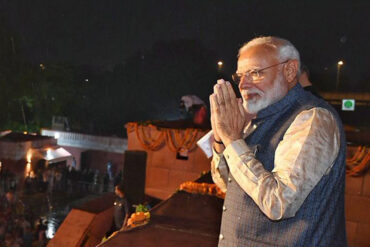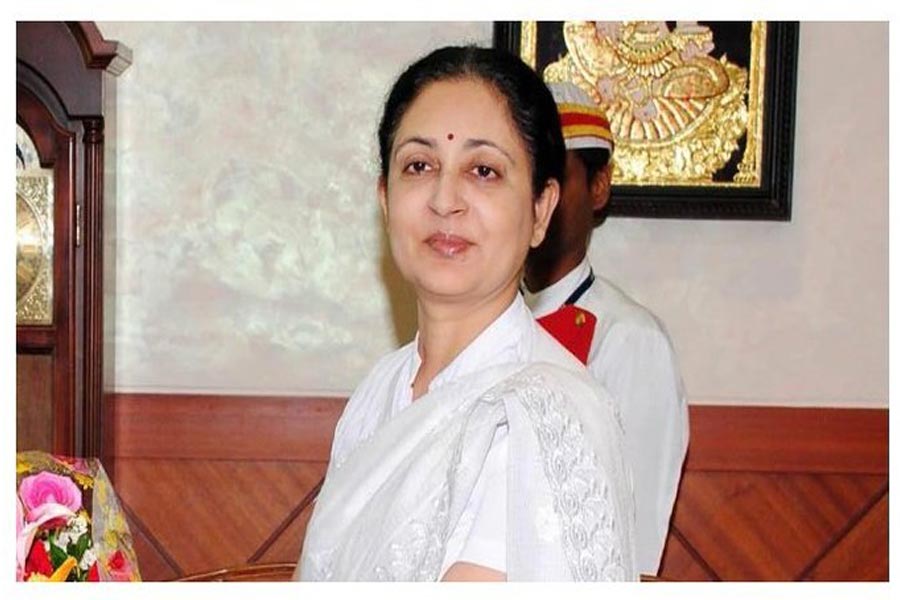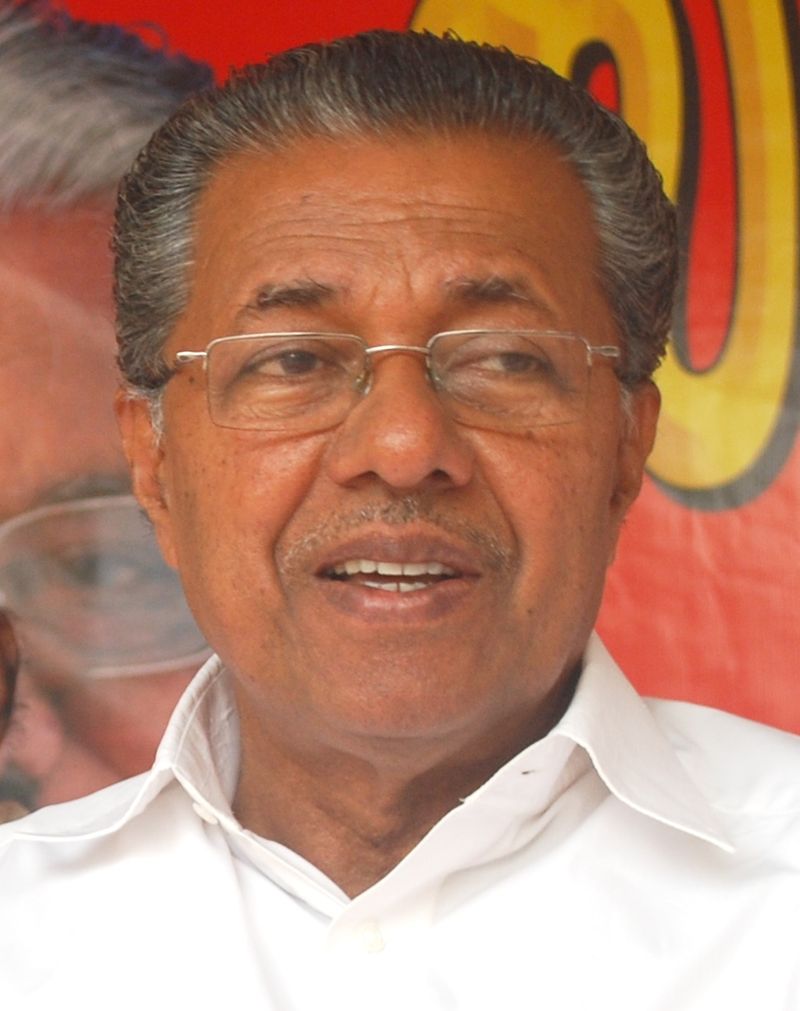Late last evening, in response to the questions raised regarding Justice V K Tahilramani’s resignation purportedly over her seniority being overlooked, the Supreme Court issued this rather cryptic statement:
“… it is stated that each of the recommendations for transfer was made for cogent reasons after complying with the required procedure in the interest of better administration of justice. Though it would not be in the interest of the institution to disclose the reasons for transfer, if found necessary, the Collegium will have no hesitation in disclosing the same.”
This interesting sleight of hand whereby the Collegium reiterates that it ‘does’ have cogent reasons for the transfers but ‘won’t disclose them’ is reflective of an understanding the judiciary has long held regarding accountability of its own actions—as long as the appointment process is formally free of the executive, the Collegium needn’t be accountable to anyone else for its actions.
In 1993 the Supreme Court, in what has since come to be known as the Second Judges Case, held that the only way to make sure that the judiciary remained independent was to ensure that judicial appointments to the High Courts and Supreme Court were made solely by the judiciary, thereby leading to the formation of the Collegium. This formulation of the independence of the judiciary was premised on two assumptions: that independence of the judiciary meant independence only from the executive; and secondly, that free of executive control, the judiciary didn’t have to be accountable to anyone else for its decisions.
As Justice Madan B Lokur, a former judge of the Supreme Court and former member of the Collegium has pointed out, there are no fixed criteria for selection of judges and the requirements are flexible. While there is an all-India selection list of high court judges by seniority, it is but one of the considerations. When the criteria are this varied (as it should be, given the nature of the job), it is difficult to come up with an objective assessment of when a transfer or appointment of a judge is problematic and when it isn’t.
For instance, seniority might have been overlooked in the interests of representation of a minority group or for gender representation or because judges from a certain high court have already been adequately represented in the Supreme Court. Importantly, appointments are also made keeping in mind who will eventually be the Chief Justice of India. In such a scenario, we look to see if the Collegium has made reasoned or fair choices based on tangible criteria. The problem with this, of course, is that the Collegium is an opaque body and operates with no transparency or broader accountability.
While the collegium system was strongly criticized by the executive, the lack of transparency in its functioning raised concerns among the judiciary as well. In 2014, with near unanimity across political lines, the government attempted to bring about the National Judicial Appointments Commission (NJAC), which would have included executive and civil society participation in the appointment of judges. This was swiftly struck down by the Supreme Court by invoking the Basic Structure doctrine. However, even the judges in the majority couldn’t deny that the Collegium faced criticism of lacking “transparency, accountability and objectivity.”
In the aftermath of the NJAC case, the judiciary decided that in order to bring more transparency to the appointment system, the government and the judiciary would together come up with a joint Memorandum of Procedure (MoP). This new MoP was to clearly identify the criteria on the basis of which judges were to be elevated. Therefore, as Justice Lokur identified, when candidates are being elevated despite not having adequate seniority, but for reasons of gender, minority status or representation of a certain high court, these reasons will have to be clearly identified while making the appointment.
Since the MoP hasn’t been published, what the identifiable criteria are remains speculative at this stage. However, two features of the new appointment process are already clear—the judiciary no longer has an uncontested final say in the appointment of judges, the Centre can veto an appointment on the grounds of ‘national security’. Secondly, despite criticizing the Collegium as an ‘opaque’ body with no transparency, the government has taken the stand that the appointments won’t be open to scrutiny under the Right to Information Act (RTI).
The lone dissenting judge, Justice J Chelameswar, not only openly criticized the lack of transparency and secrecy in the functioning of the Collegium, but also refused to participate in the meetings of the Collegium unless the meetings and proceedings were recorded. This persisted through the tenures of Chief Justice T S Thakur and Chief Justice J S Khehar, until the Collegium on October 6, 2017 headed by then Chief Justice Dipak Misra announced that the decisions taken by the Collegium, including the reasons behind the decisions, would be disclosed. The note titled ‘Transparency in the Collegium System’ said that:
“The decisions henceforth taken by the Collegium indicating the reasons shall be put on the website of the Supreme Court, when the recommendation(s) is/are sent to the Government of India, with regard to the cases relating to initial elevation to the High Court Bench, confirmation as permanent judge(s) of the High Court, elevation to the post of Chief Justice of High Court, transfer of High Court Chief Justices/Judges and elevation to the Supreme Court, because on each occasion the material which is considered by the Collegium is different.”
It added that such decision was taken to ensure transparency and yet maintain confidentiality in the Collegium system. The members of the Collegium that passed the resolution were then Chief Justice Misra, Justices J Chelameswar, Madan B Lokur, Kurian Joseph and the present Chief Justice, Ranjan Gogoi.
This seemed to be a big breakthrough for judicial accountability, with the Collegium itself acknowledging that there was a need for transparency and disclosing reasoned decision making. However, the following instances should make it clear that we’re still a far way away from the decisions and the purported reasons of the Collegium inspiring fairness and credibility in the appointment process.
The Collegium in December 2018 had recommended the names of Justices Pradeep Nandrajog and Rajendra Menon for elevation. When Justice Lokur retired, Justice Arun Mishra was inducted as the fifth member of the Collegium and under this new Collegium, in January, 2019 the names of these two judges were dropped and Justice Sanjiv Khanna and Justice Dinesh Maheshwari were elevated instead.
The Collegium stated that these appointments were made taking into account seniority of the judges, apart from merit and integrity. This seemed to be a disingenuous statement since Justice Khanna was elevated ignoring 32 judges who were senior to him. Seniority was specifically ignored in this case. As stated earlier, elevation isn’t strictly according to seniority; but what were the other considerations that made it imperative to overlook more than 32 judges to elevate a judge to the Supreme Court?
A former judge of the Delhi High Court wrote to the President on this occasion calling it an “earth-shattering decision has been taken to supersede as many as 32 Judges, which include many Chief Justices, casting aspersions on their intellect, merit and integrity.” Justice Sanjay Kishan Kaul of the Supreme Court (a non-member of the Collegium) objected to the overlooking of Justice Nandrajog.
In another instance, Justice Rajendra Menon was appointed as Chief of the Delhi High Court after Justice Aniruddha Bose who was earlier recommended for the post was considered to not be experienced enough to lead the Delhi High Court. This was a recommendation by the Centre, but the Collegium acquiesced and Justice Bose was sent as Chief of the Jharkhand High Court instead. Interestingly, this lack of experience wasn’t a hindrance when he was appointed to the Supreme Court in May this year, while Justice Rajendra Menon, despite his experience, has been overlooked for a spot in the Supreme Court.
Justice Jayant Patel, who was senior enough to be elevated to the Supreme Court or the Chief Justice of a High Court was transferred instead to Allahabad High Court without assigning any reasons. It is pertinent to note that he ordered the CBI investigation into the encounter killing of Ishrat Jahan and others, and also monitored the investigation that named top officials of the Gujarat Police and the Intelligence Bureau.
More recently towards the end of August, four judges including Justice Ravindra Bhat were recommended by the Collegium for appointment. Importantly, when Justice Sanjiv Khanna was elevated, Justice Bhat was one of the 32 judges above him in seniority. Why was his elevation overlooked in January but made possible in August?
The recent transfer of Justice V K Tahilramani has raised questions as to whether the Collegium has acted fairly. Justice Tahilramani’s judgment upholding the conviction of the accused in the Bilkis Bano case has been cited as a reason for her being transferred as Chief Justice to the Meghalaya High Court. However, when the Government delayed confirming Justice Kuttiyil Mathew Joseph’s elevation to the Supreme Court in 2018, it had cited Justice Tahilramani’s relative seniority to him to argue that she merited elevation before Justice K M Joseph.
These are a few odd instances. There are countless other examples of elevations where no criterion has been followed, deserving judges have been overlooked, and factors that shouldn’t be considered seemed to have weighed on the mind of the Collegium. In the absence of transparency regarding its functioning and cogent criteria for judges’ appointments, it is hardly unusual that decisions of the Collegium continue to raise questions.
I doubt there will ever be a process that everyone can agree is fair and impartial, but the Supreme Court assigning mechanical reasons about how we should trust that they had cogent reasons for the appointments which “if found necessary, they [the Collegium] will have no hesitation in disclosing” is hardly likely to inspire confidence.
Cover Image: Justice V K Tahilramani (Courtesy: Facebook)







